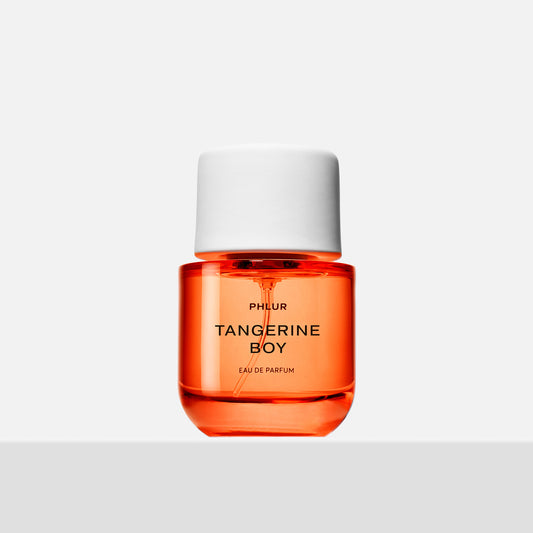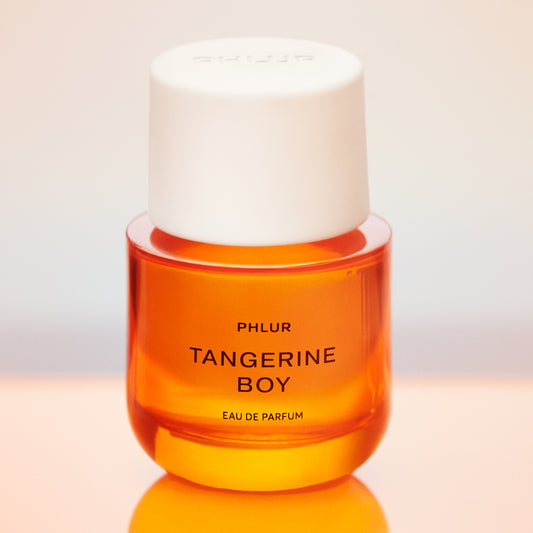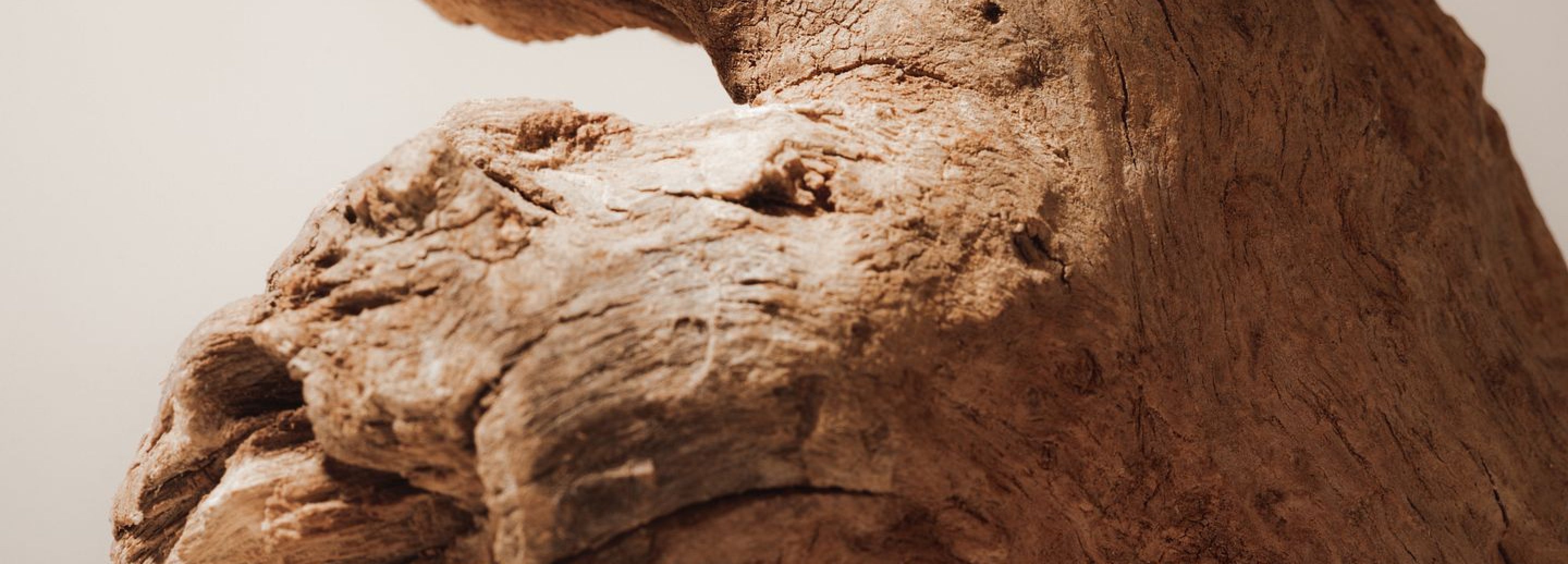What is Ginger?
Ginger is a widely known spice ingredient but is also used by perfumers to create a fresh, slightly spicy scent that blends well with citrus, floral, and woodsy notes. This fragrant root of the Zingiber officinale plant, offers an invigorating aroma that can add a touch of lively exoticism to fragrances, resulting in unique and memorable scents.
Origin:
Ginger has been utilized in perfumery for centuries, with its origin tracing back to ancient times in Asia, particularly in China, India, and the Middle East. It was valued not only as a spice but also as a fragrant ingredient in perfumes, incense, and traditional medicines. Over time, ginger gained popularity and became a widely used component in perfumery, known for its versatility and ability to enhance the scents of other ingredients.
Function:
In perfumery, ginger is used to add warmth, spiciness, and depth to fragrances. It acts as a top or middle note, contributing a fresh, zesty, and slightly spicy scent that blends wonderfully with other ingredients–including citrus, florals, and woods. The use of ginger in perfumes helps to create a lively, invigorating, and exotic fragrance. Its bright, energizing aroma adds depth and warmth to the final scent. Ginger also helps to enhance the longevity and complexity of the other fragrance ingredients.
Ingredient Type:
In perfumery, ginger can be found in both natural and synthetic forms. Natural ginger is obtained from the aromatic root of the ginger plant, while synthetic ginger is created in a laboratory to imitate the scent of the raw material.
Both forms provide a fresh, zesty, and slightly spicy scent, but the natural form is considered more authentic and of higher quality due to its botanical origin.
What Does Ginger Smell Like?
Ginger’s scent profile is typically described as warm and spicy, with a hint of sweetness. Its fresh, citrusy top note subtly evolves into a woody and slightly musky base note, introducing a pleasant warmth and depth to a fragrance. Ginger is often paired with other spicy fragrance notes, such as cinnamon, nutmeg, and cardamom, to create complexity and a sense of coziness. Additionally, ginger can be combined with citrus notes, like lemon or grapefruit, to enhance a bright, invigorating fragrance.
Variations of Ginger in Perfumery:
There are many variations of ginger used in perfumery, including fresh, dry, and candied ginger. However, Zingiber officinale, the botanical name for common ginger, is often preferred for its warm, spicy scent with hints of lemon and black pepper. Each variation possesses a unique aroma, and it is not unusual for perfumers to use two or more in combination to create layered fragrances.
What Fragrance Family is Ginger in?
Ginger is typically categorized as a spice note and associated with the amber fragrance family. Amber fragrances are characterized by their warm and exotic scent profiles, featuring a variety of fragrant ingredients like spices, resins, and exotic woods. Ginger blends seamlessly with other ingredients like amber and vanilla to create a rich and captivating fragrance that is irresistibly inviting. Like other fragrances within this family, it can be added to woody or citrus fragrances to introduce an element of spice.








